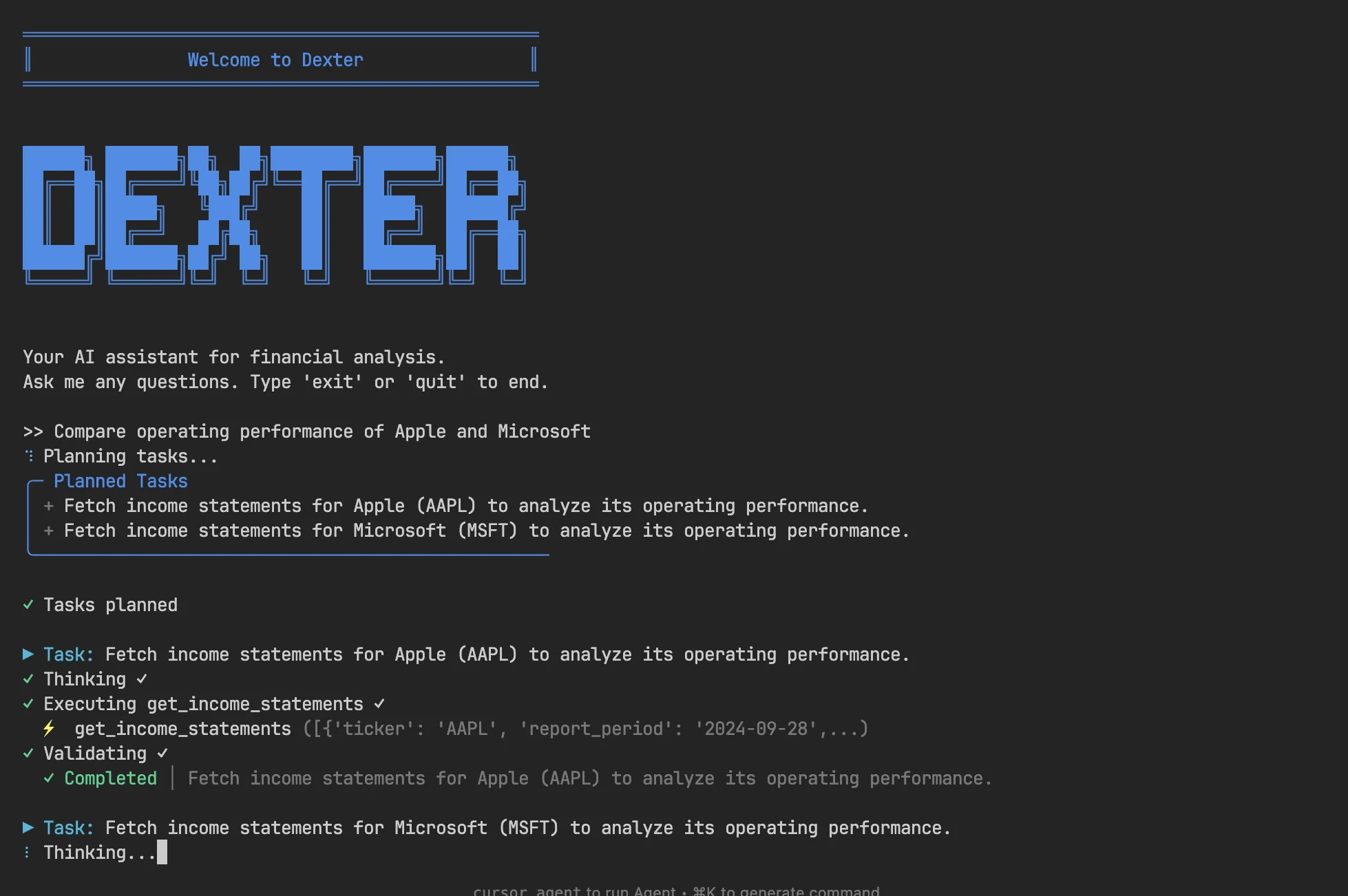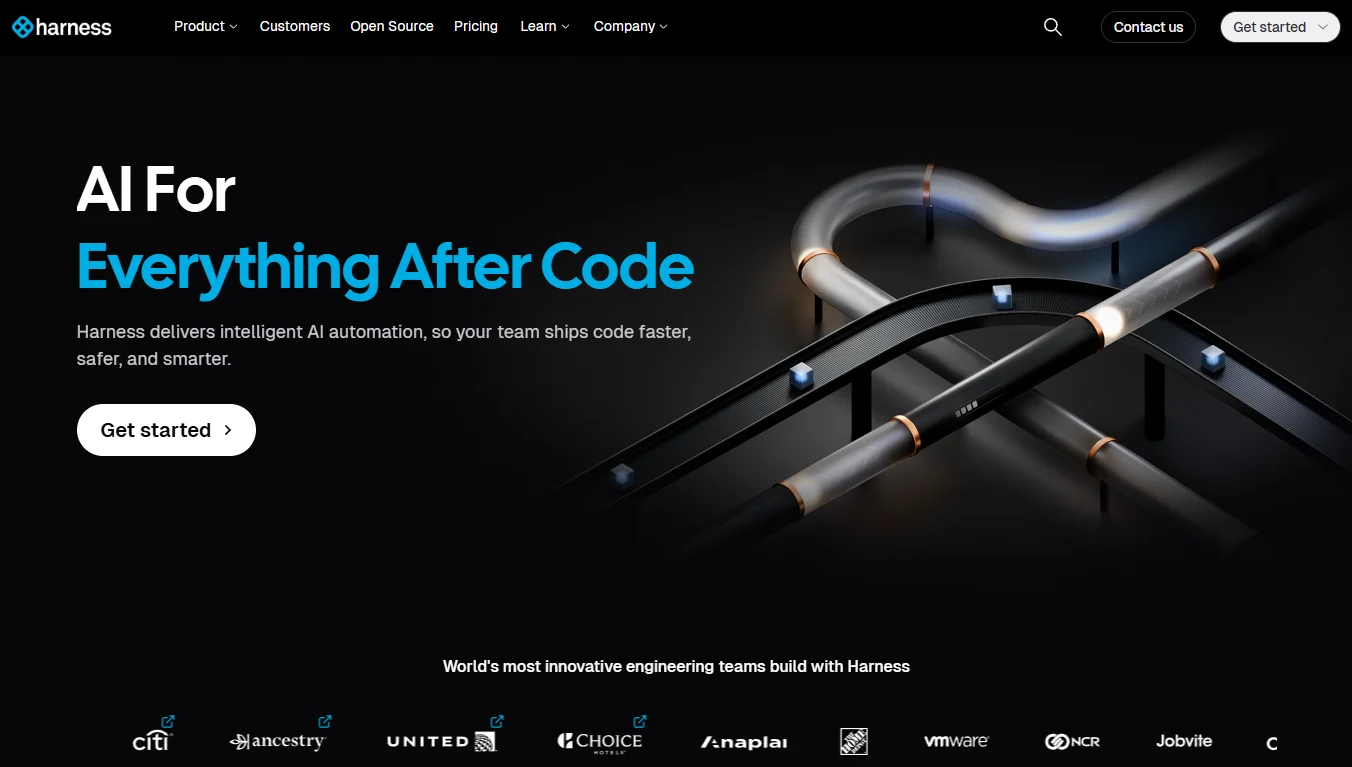Intel Launches Panther Lake, the First Core Ultra Based on 18A Process
Intel has set a timeline for its 18A process comeback. The company’s next-generation client processor, Panther Lake, will begin mass production later this year at the new factory in Chandler, Arizona, with systems expected to become widely available in January next year.
Panther Lake marks the first Core Ultra series 3 chip based on Intel’s 18A process, fabricated in the U.S. The node introduces RibbonFET transistors and backside power delivery (PowerVia). Intel claims the platform offers balanced performance across CPU, GPU, and NPU, targeting AI PCs with up to 180 TOPS of performance. The company also states that CPU and graphics performance have improved by more than 50% compared to the previous generation.
The chips will be manufactured at Fab 52 in Chandler, Arizona — Intel’s latest high-volume production facility — which is now online for 18A production. This represents a symbolic and supply-chain milestone, aligning with broader efforts to bring manufacturing back to the U.S.
Architecturally, Panther Lake merges the former two product lines — Lunar Lake for ultra-mobile and Arrow Lake for performance systems — into a single modular family. It features new Cougar Cove P-cores and Darkmont E-cores, supporting up to 16 total CPU cores and integrated Arc graphics with up to 12 Xe3 cores. Early benchmarks position it as a significant improvement in efficiency and graphical capability for thin-and-light PCs.
This also serves as a manufacturing test. Intel’s turnaround hinges on proving 18A can be competitive at scale after years of delays. The company previously outlined yield challenges on the path to 18A; now it must demonstrate stable output in time for large-scale notebook production in early 2026.
Meanwhile, TSMC’s first N2 node — also a full-gate node — is expected to reach volume production between late 2025 and early 2026, setting the stage for a direct comparison in PC and data center components next year.
Intel is pairing its PC launch with a server preview: Clearwater Forest (Xeon 6+) will debut on 18A in the first half of 2026, targeting high-density, energy-efficient cloud deployments. Demonstrating both client and server capabilities on the new node also aims to reassure potential foundry customers.
Under new CEO Pat Gelsinger, Intel has also secured fresh capital and partnerships. NVIDIA and SoftBank have disclosed $500 million and $200 million equity investments, respectively, while Intel previously received up to $8.5 billion in CHIPS Act funding — signals that a broader ecosystem is betting on the viability of 18A. The ramp-up of Fab 52’s capacity over the next six months will determine whether these bets pay off.








